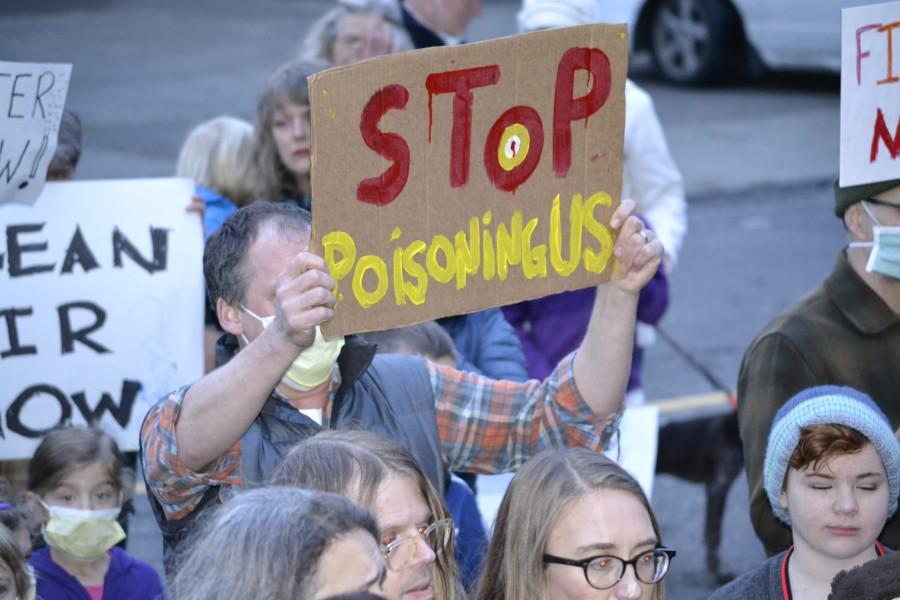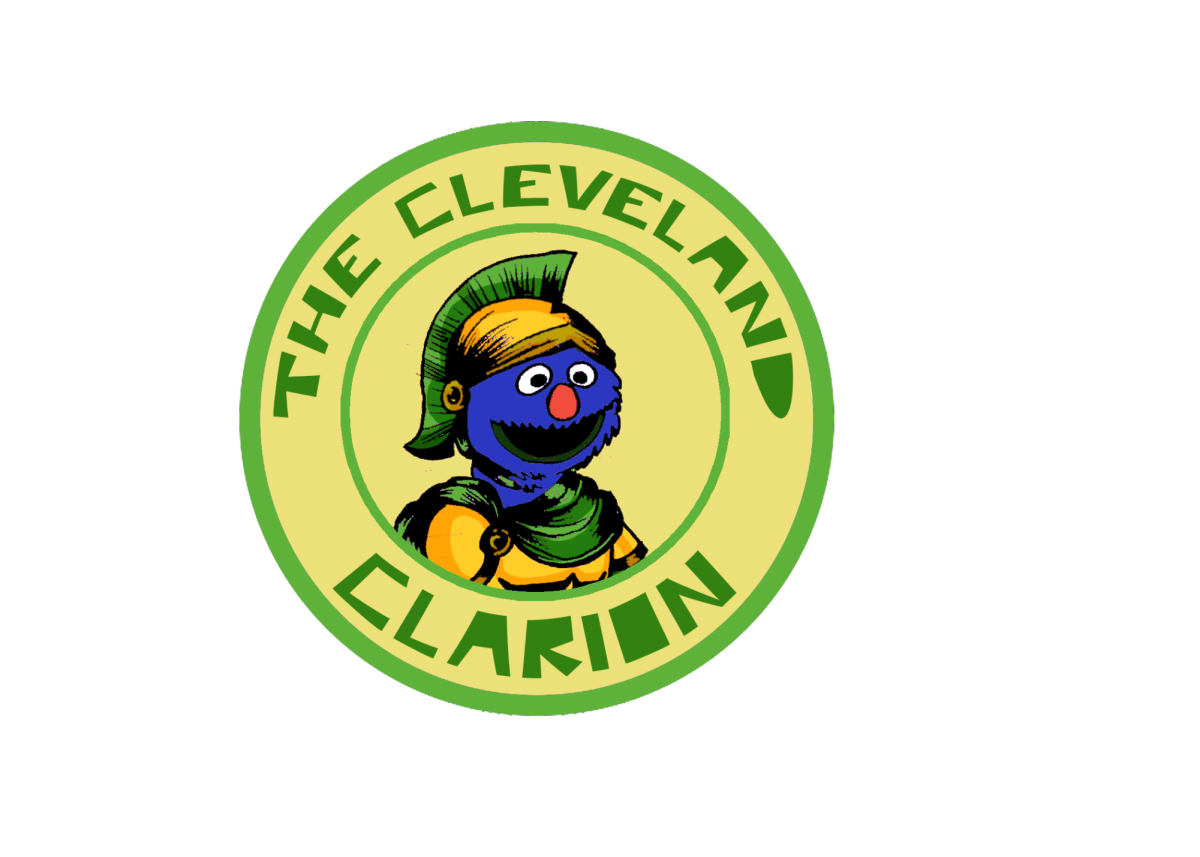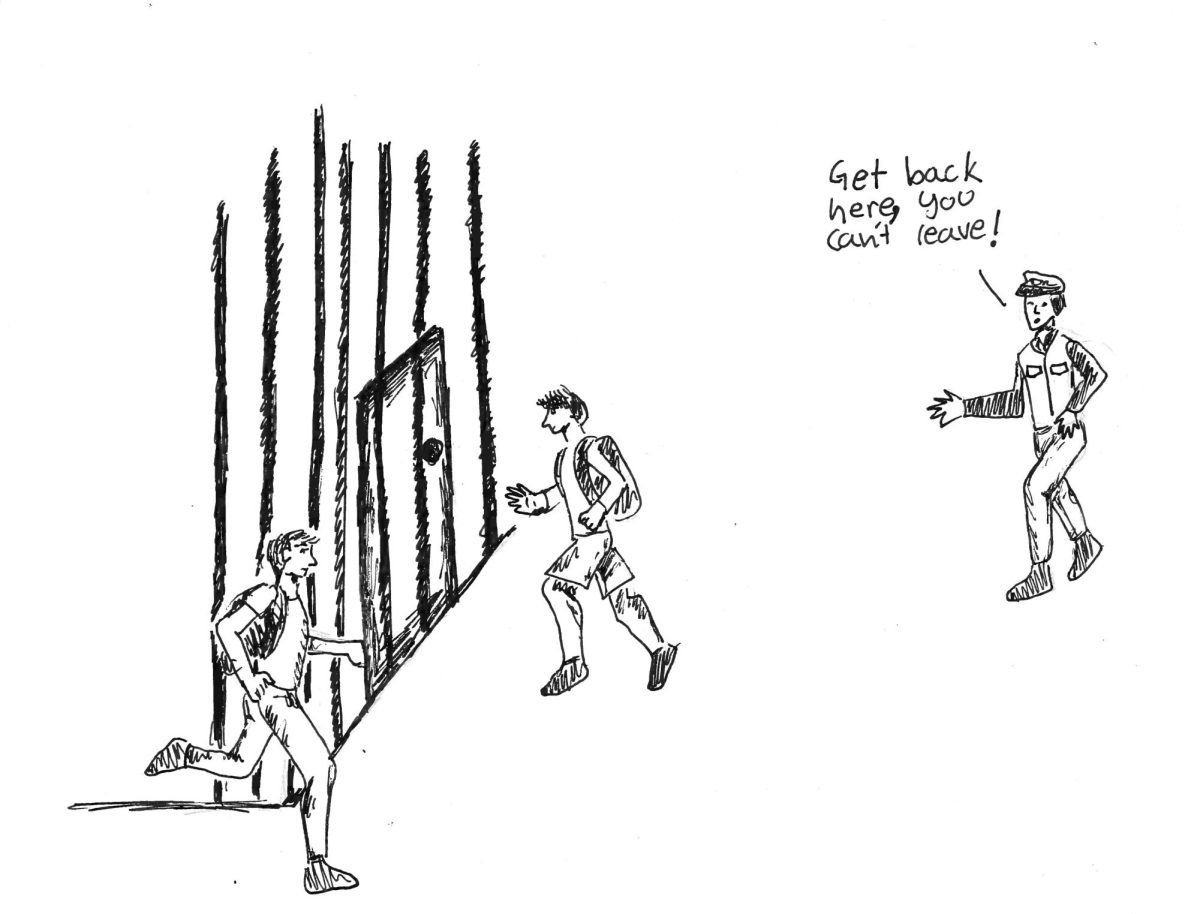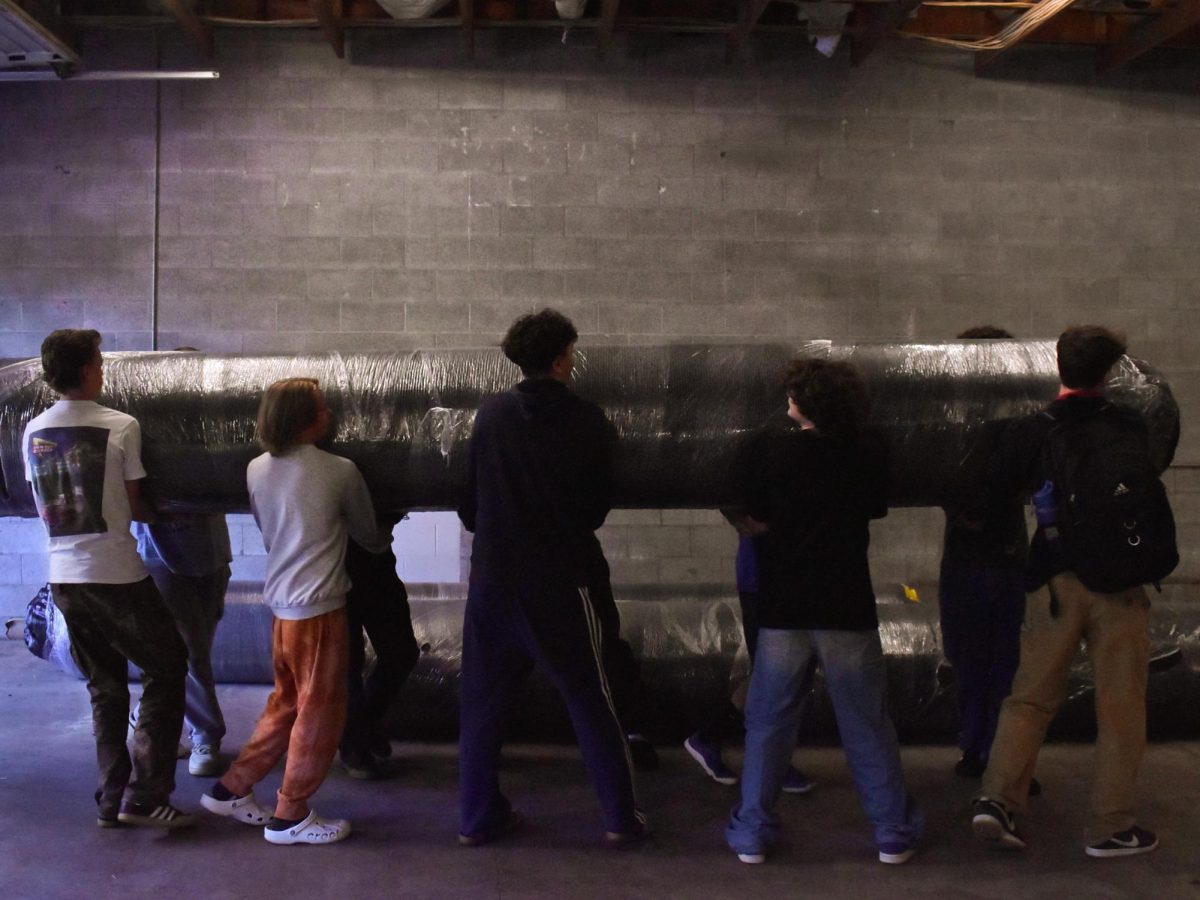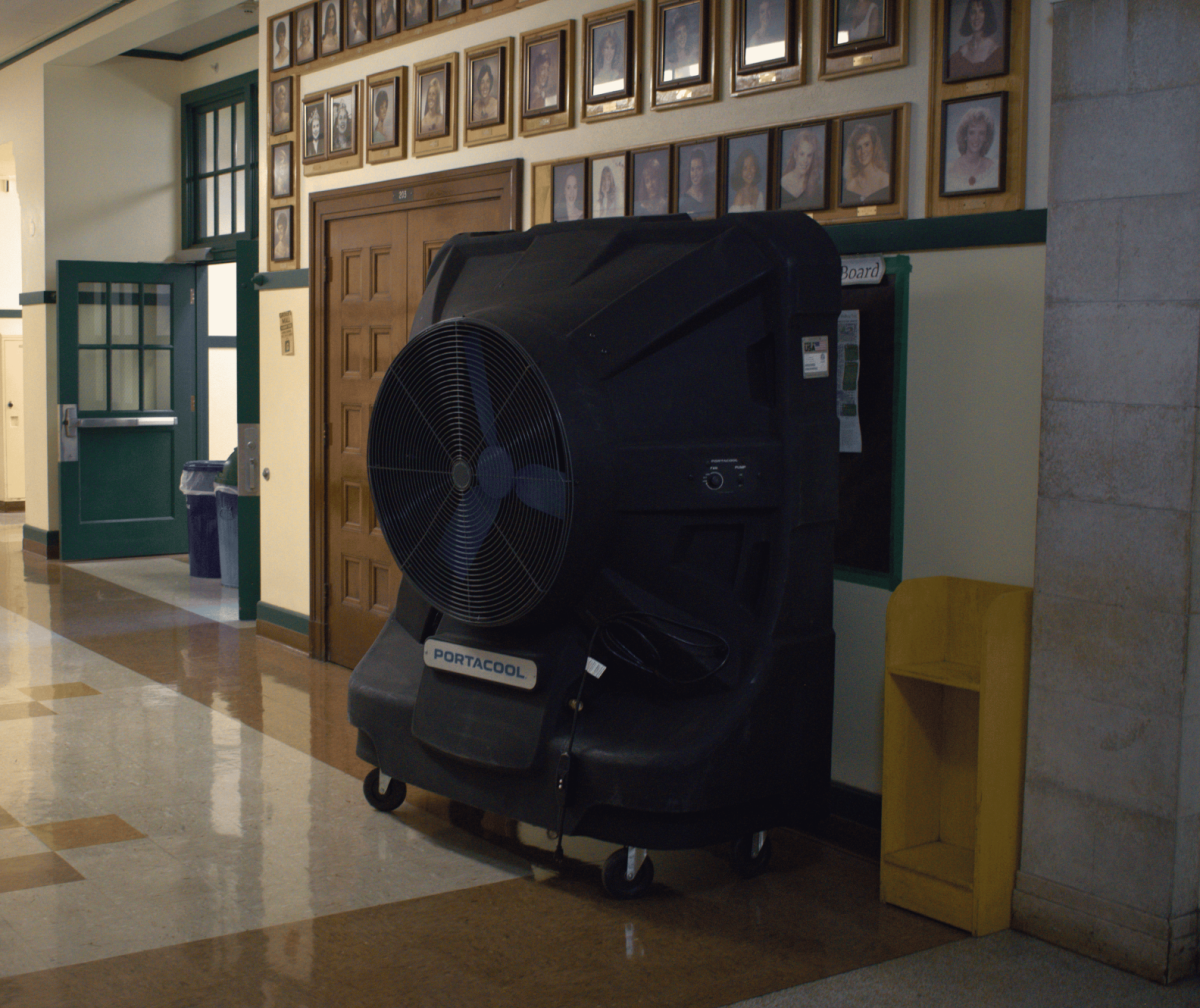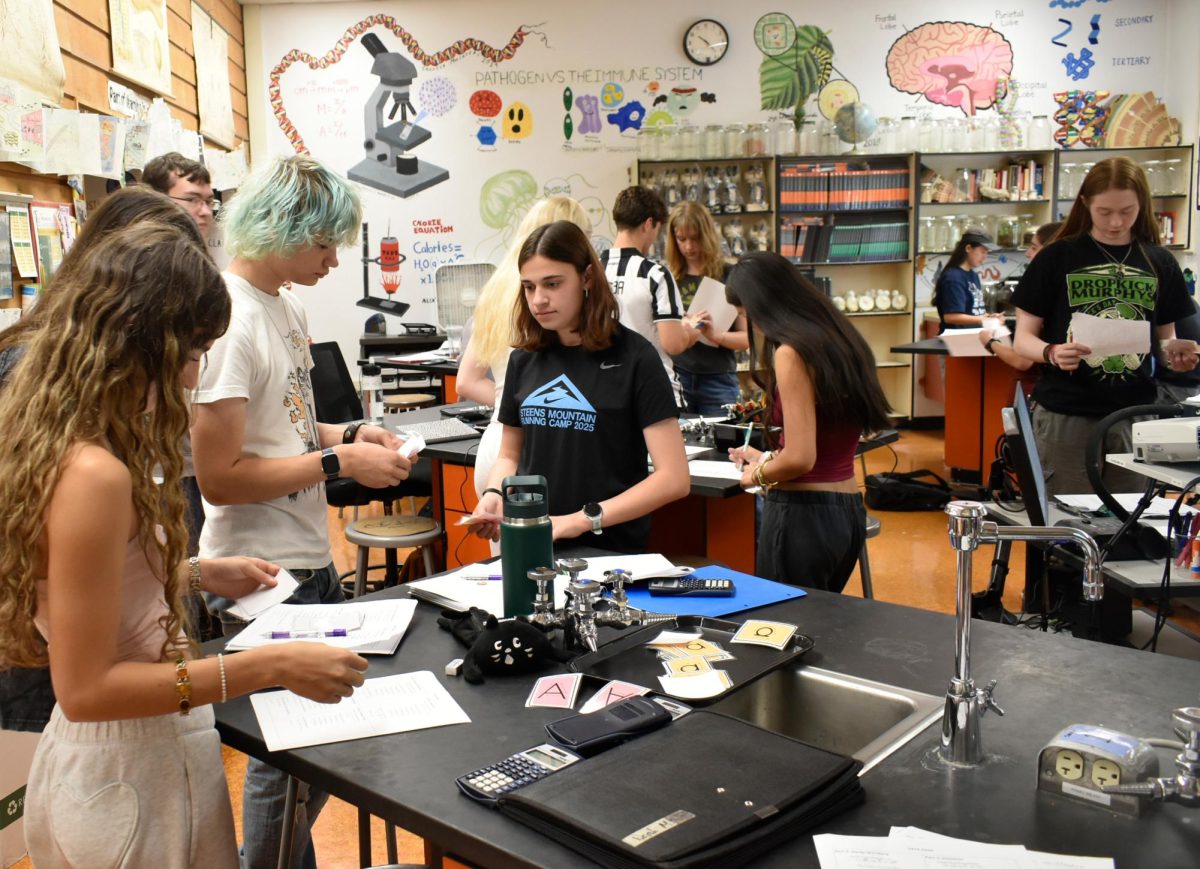No toxins found in Cleveland High air
Clarion photo Henry Hawking
Henry Hawking photo
February 17, 2016
The life of a high school student can be stressful, filled with academics, extracurriculars, and navigating a complex social scene. Recently, a new concern has arisen for students at Cleveland High School, the potential dangers of hazardous pollution.
The Portland Mercury released an article on Feb. 3, breaking the story that there are alarming levels of arsenic and cadmium being released into the air around Cleveland and other nearby PPS schools. Cadmium is a neurotoxin, which means it affects the nervous system, and both cadmium and arsenic are carcinogens, so they have the potential to cause cancer.
In response, the district hired PBS Environmental to conduct an air quality test in five schools — Cleveland, Abernethy, Grout, Hosford and Winterhaven. The test, conducted Feb. 5, revealed that there were no detectable levels of arsenic or cadmium in the schools, said Tony Magliano, PPS chief operating officer.
The Department of Environmental Quality(DEQ) first became aware of the health concern in May, 2015, after the forest service found alarming levels of arsenic and cadmium in moss samples taken across Portland. Analysis of the results caused the DEQ to pinpoint Bullseye Glass as the source. The company creates colored glass for use in architecture and art, and is located only blocks from Cleveland on 21st Avenue by the Fred Meyer Conference Center. In response to the concerns, Bullseye stopped using arsenic and cadmium in its operations.
A community meeting Feb. 9 in Cleveland’s auditorium was set up to answer questions about the air quality concerns. Emotions ran high as a group of 100 parents, self-titled “Inner SE/NE Air Quality,” presented a list of questions and demands. Foremost amongst their demands was a desire for further testing. They also demanded that the state government take steps to ensure that incidents like this will not occur again. Although the air quality tests were performed after Bullseye stopped using arsenic and cadmium, there is no way to know what the air quality was like before Bullseye stopped releasing the pollutants. The DEQ will continue testing in an attempt to find out. The Oregon Health Authority is neither suggesting nor opposing individuals having themselves and their families tested for arsenic and cadmium.
“I just want to know if it’s safe to be at school,” said senior Kaytlin Gaines. “It’s scary being so close to something so toxic, and I want to know what’s being done to protect our safety.”
“Cadmium can be oxidized and become less environmentally hazardous, apparently, by some types of bacteria, but that’s not going to happen in our environment, so once it has been released, it’s out there,” said chemistry teacher Matt Staab.
In response to the article in The Portland Mercury, Bullseye Glass released a report on Feb. 4 stating, “As of yesterday we suspended the use of cadmium and arsenic.” They also added that they employed an environmental consulting agency to conduct further tests. The company, which is in accordance with their air permits, has decided to take action without prompting from the DEQ to address environmental concerns.
“The owners and employees of Bullseye Glass care about the environment and our neighborhood and take this matter seriously,” the statement concluded.
According to moss tests performed, the amount of cadmium released was 49 times the state air-safety level, and the amount of arsenic topped 159 times the air-safety goal. However the concentration of found in a moss sample is not an accurate gauge of the air quality. DEQ began testing the air quality in August, and received the results on Jan. 20.
“[The administration] found out about it pretty much when everyone else did yesterday,” said Vice Principal Kevin Taylor. “We are concerned, but for everyone to panic on one day, when it’s been going on for I don’t know how long, seems a bit over-reactive.”
He added that Cleveland administration and the school board will take directions for future action from an outside, expert agency like the Environmental Protection Agency.
According to a recent inspection by the state, everything Bullseye Glass is doing is in accordance with the laws and regulations set by the state. They are releasing well under the 10-25 tons of emissions they are allowed per year, regardless of what chemicals are being released, and their permit, which was reviewed and passed, acknowledged that chemicals such as cadmium and arsenic may be used in the production of their glass. All of the regulations placed on glass manufacture were designed for large corporations, allowing small operations like Bullseye to slip through the cracks. But the legality of the emissions doesn’t ease concerns over the potential dangers.
As for the safety of students and staff, Taylor assured that Cleveland students are no more at risk than anyone else residing in the neighborhood. “[Absenteeism] is parents’ choice,” Taylor said. “We do have a lot of kids who live right in the immediate vicinity here, so again it’s more of a community issue than just our single building.”



